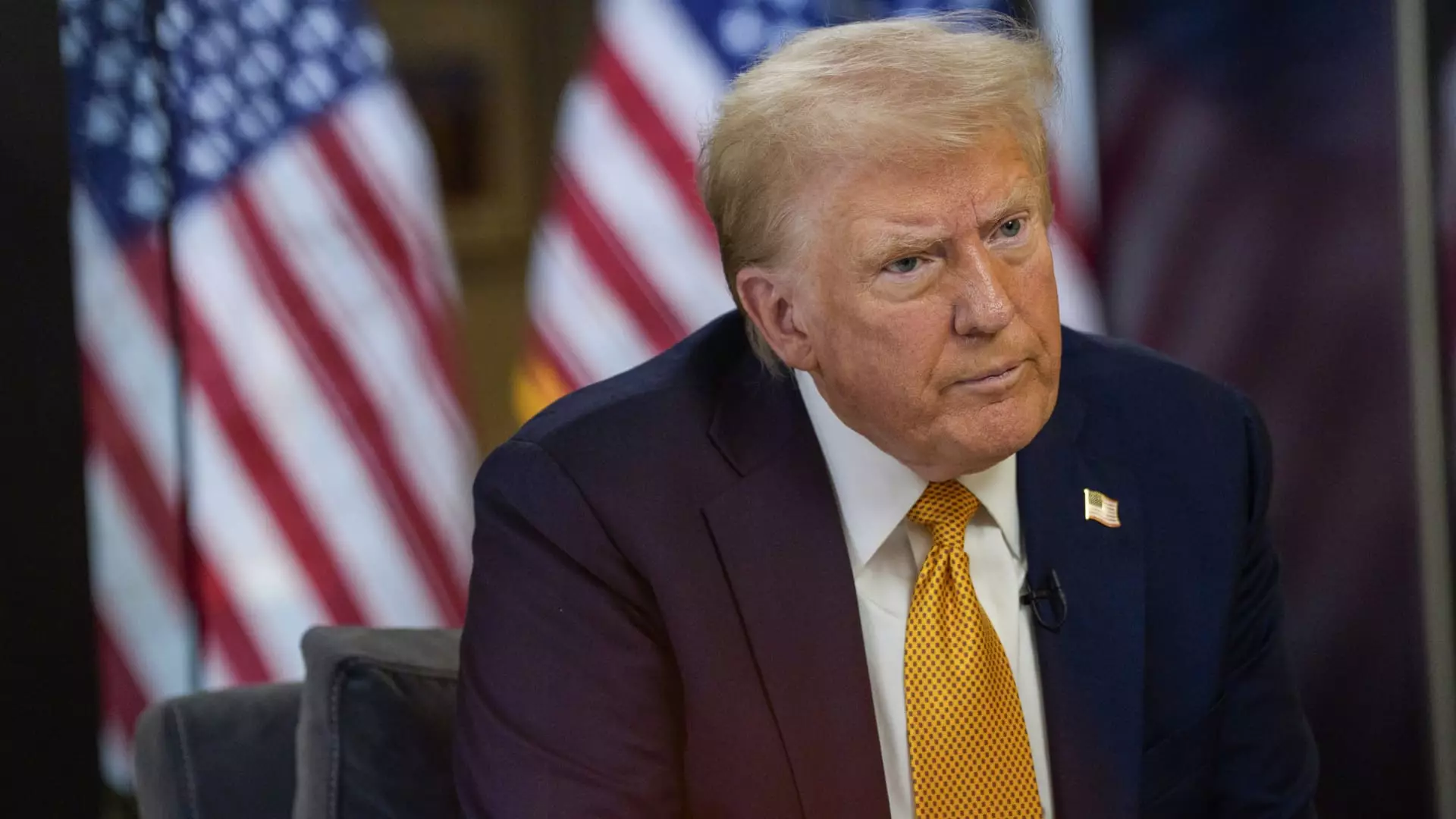The prospect of the former President Donald Trump imposing a new wave of tariffs during his anticipated second term raises pressing questions about the economic consequences for American consumers. Tariffs represent a tax levied on imported goods, essentially altering the financial landscape for companies involved in international trade. According to experts, including Erica York, a senior economist at the Tax Foundation, the cost of these tariffs will inevitably trickle down to consumers. Businesses importing goods from abroad could adjust their pricing strategies to absorb these costs, leading to inflated prices on store shelves.
Critically, the imposition of tariffs could impact corporate earnings, creating a ripple effect through the economy. If companies suffer from decreased profits due to tariffs, they may respond by curbing wage growth or even reducing workforce numbers. This, in turn, can have severe implications for employees, particularly in sectors heavily reliant on imports or those serving low- to middle-income demographics. Ultimately, the economic burden of tariffs can disproportionately affect households already stretched thin financially.
The Promise of Tariffs: Campaign Rhetoric vs. Reality
During his December 8th interview with NBC News, Trump reaffirmed his commitment to tariffs, albeit without the guarantee that U.S. households would remain unscathed. Such admissions highlight a crucial facet of his administration’s tariff strategy: the potential inconsistency between campaign promises and practical implementation. In fact, Trump’s previous tenure, marked by tariffs affecting washing machines, solar panels, and a slew of imports from China, illustrated a form of economic nationalism that often comes with unintended consequences.
As many of these tariffs have persisted under the Biden administration, Trump’s renewed advocacy for aggressive tariff measures, including a universal tariff structure, raises serious economic questions. Analysts from the Tax Policy Center estimate that these maneuvers could lead to up to $3,000 in added costs for the average American household by 2025. It is evident that lower-income families are likely to bear the brunt of these changes, potentially leading to increased financial strain.
Potential Trade War: Making Enemies of Allies
Trump’s inclination toward implementing significant tariffs extends even to the United States’ closest trading partners, Canada and Mexico. His suggestion of a 25% tariff to pressure these nations to address issues related to drug trafficking and immigration emphasizes the combative nature of his trade policy. This raises questions about the long-term relationships with these countries, particularly given the intricate dependencies of supply chains across North America.
Moreover, ambiguity shrouds Trump’s tariff strategy. Analysts express skepticism about the feasibility and legal authority of executing a universal tariff, indicating that Trump’s approach may serve more as a negotiating tool rather than a definitive course of action. David Zervos from Jefferies pointed out that Trump’s proclamations often function as “starting gambits,” positioning him in a stronger place during bargaining sessions.
The complexities surrounding Trump’s potential tariff policies shape a multifaceted economic forecast. While there is no doubt that tariffs can provide leverage in international negotiations, their impacts on the American economy are profoundly problematic. The immediate effect of transitioning such ambitious tariff measures could manifest as higher costs for consumers, stalling wage growth for workers, and a potential cooling of economic growth.
As the political landscape unfolds, with Trump nominating Jamieson Greer as the U.S. trade representative—someone previously aligned with the aggressive tariff policies of Trump’s first term—it becomes crucial for stakeholders in the economy, from businesses to everyday consumers, to remain vigilant. The efficacy and consequences of these tariffs will unveil themselves in time, but the uncertainty continues to loom large as negotiations develop on both domestic and international fronts. Ultimately, individuals and families must brace themselves for the fallout of tariff decisions that could reshape their economic realities in the coming years.

